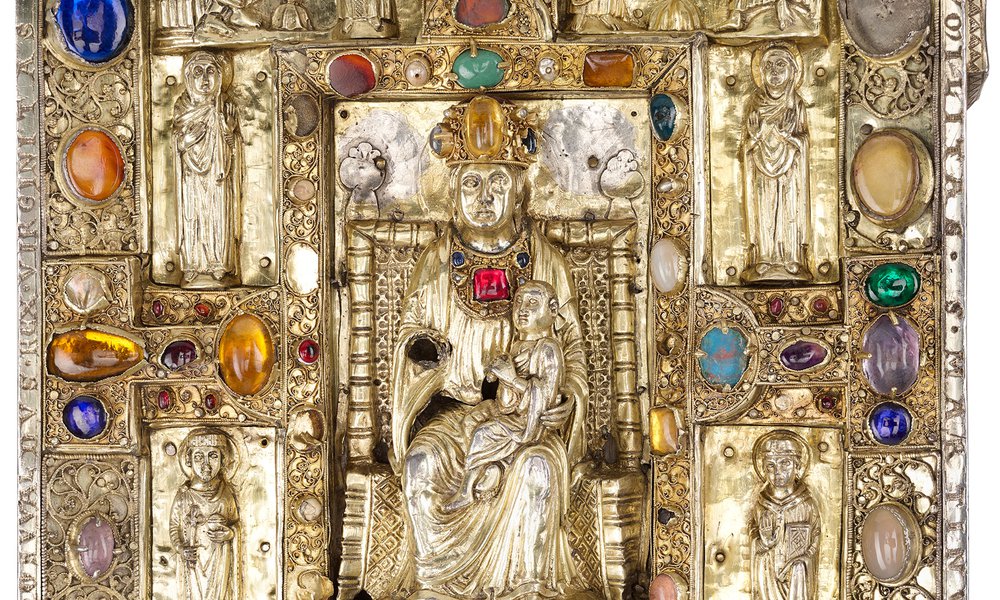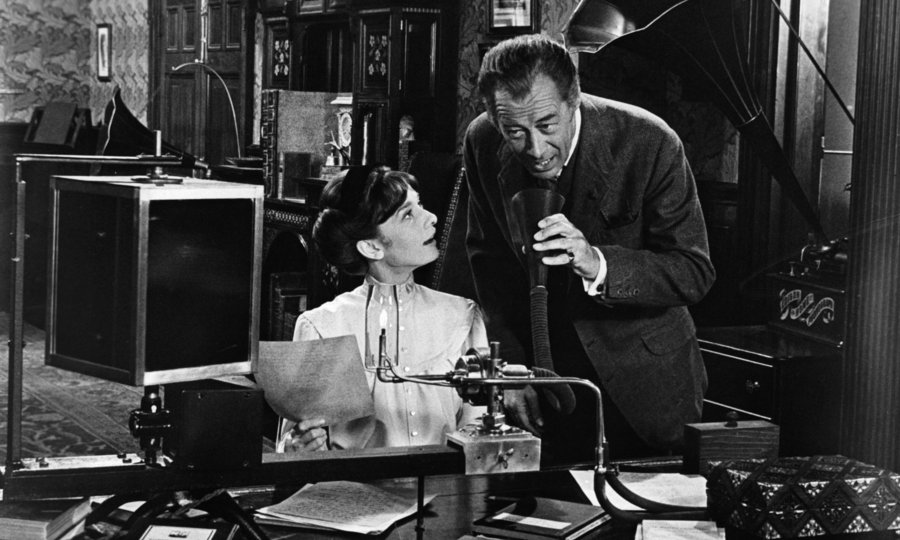Dr David Napolitano: discovering medieval Florence
by Dr David Napolitano
14 Jun 2017

History
About me:
My name is David Napolitano, and I am a British Academy Postdoctoral Fellow at the Faculty of History of the University of Cambridge.
What is my research project?
In 2015 I was awarded £211,764.80 for a three-year Postdoctoral Fellowship at the University of Cambridge to study a medieval corpus of political manuals, known as mirrors-for-magistrates. This term has been coined in response to the better-known corpus of the mirrors-for-princes of which the mirrors-for-magistrates are the republican counterpart. These political manuals are targeted at city magistrates and aim to prepare them for their duties at the helm of a medieval city.
My research project focuses on a body of mirrors produced in the three most urbanized regions of medieval Europe, the so-called ‘urban belt’, namely Northern and Central Italy, the Southern Low Countries, and the Rhine Area. Their production covers, albeit in successive waves, a period of three centuries, ranging from the thirteenth until the early-sixteenth century.
Brunetto Latini’s Tresor, one of the first medieval encyclopedias in the vernacular, takes up a central position within the Italian subgroup. For my current research project, I focus in particular on the final and last section of this work, entitled Des governemenz des citez. Ever since my bachelor studies, this medieval treasure trove has been at the centre of my academic interests in many guises, each time offering me an exciting peek into the intellectual horizons of one of the central figures of thirteenth-century Florence.
How my British Academy award helped me:
The award of an additional dissemination grant of £3,000 in 2016 has enabled me to put my academic knowledge on 13th-century Florence in general – and Brunetto Latini in particular – to practical use and to share it with a broad audience. It has helped me to research, design, and put together two multimedia travel apps.
Every year millions of tourists flock to the city of Florence, eager to visit the home of the Renaissance and the birthplace of literary giants such as Dante. They often sign up for one of the many guided tours on offer, showing them the city’s main attractions and museums. My travel apps invite these tourists to discover another Florence – a medieval Florence hidden from view by the Renaissance splendour – following in the footsteps of Brunetto Latini. Tracing the surviving material traces to this historical figure scattered throughout Florence, these travel apps teach visitors to look at the city through new, unimpeded eyes, scraping away the many layers that have covered up its medieval core.
The travel apps cover two walks (of 2.8 and 1.6 miles respectively) which guide a visitor through the hillside, to the south of Florence, and accompany him deep into the heart of its city centre. Since their launch in May 2017 these apps are available for free download on the izi.TRAVEL platform.


